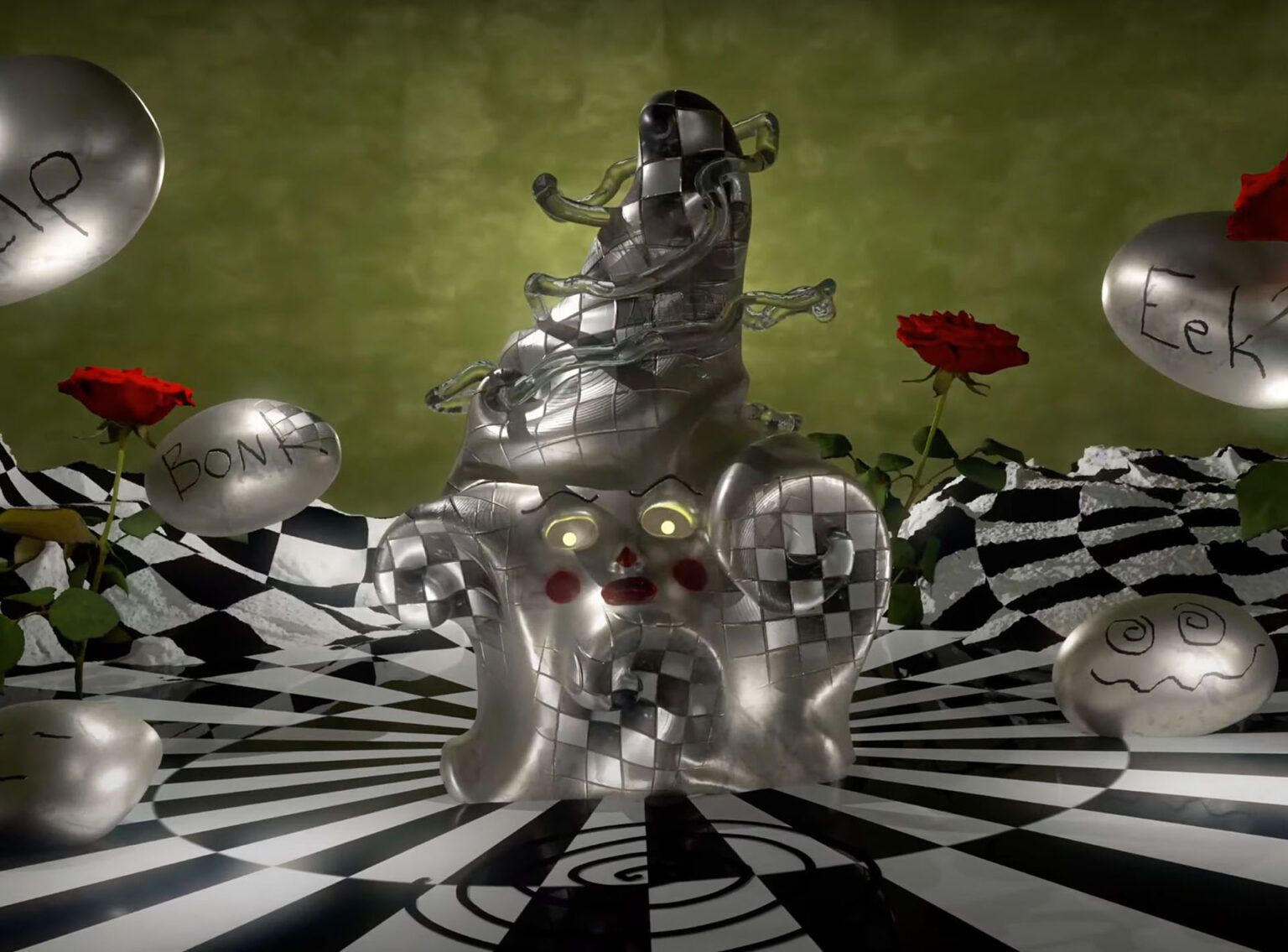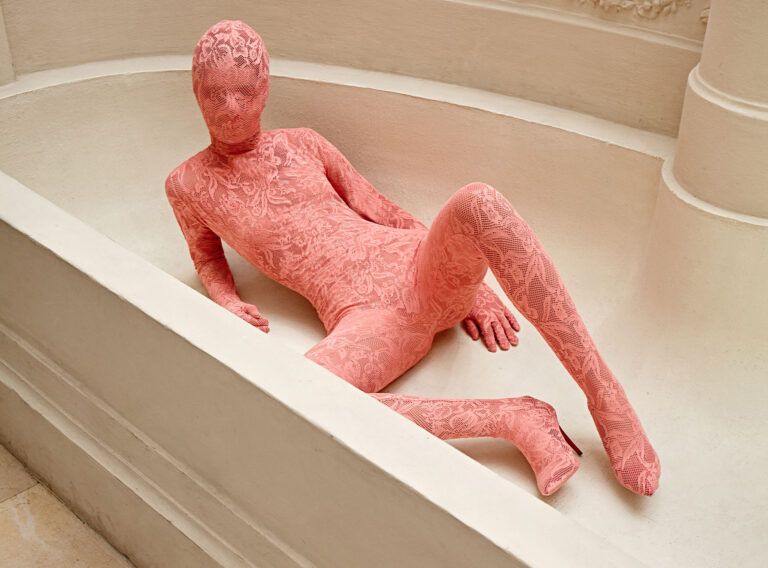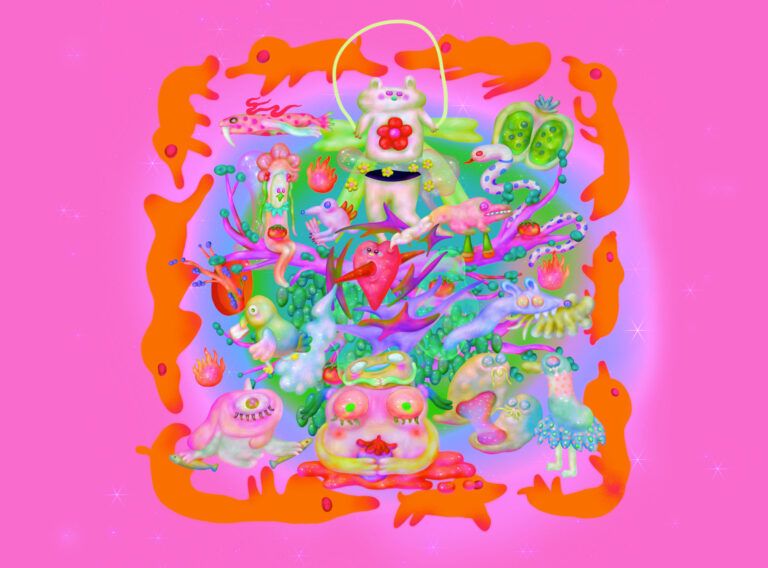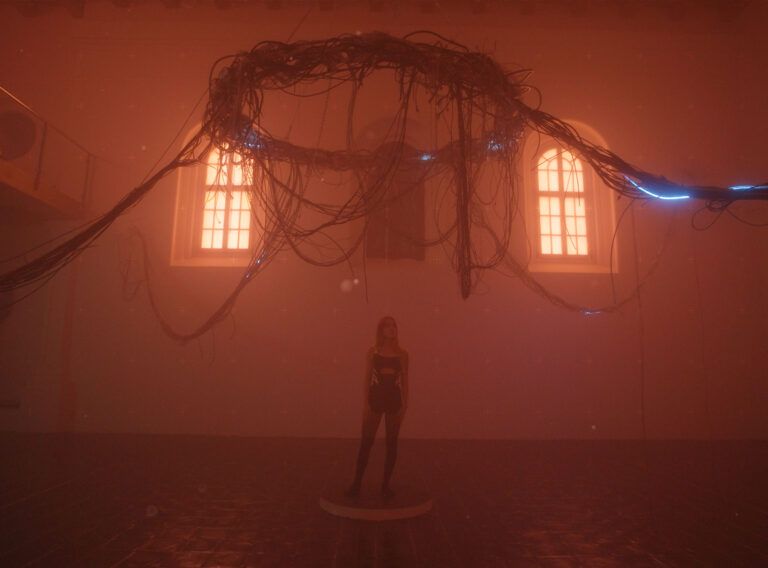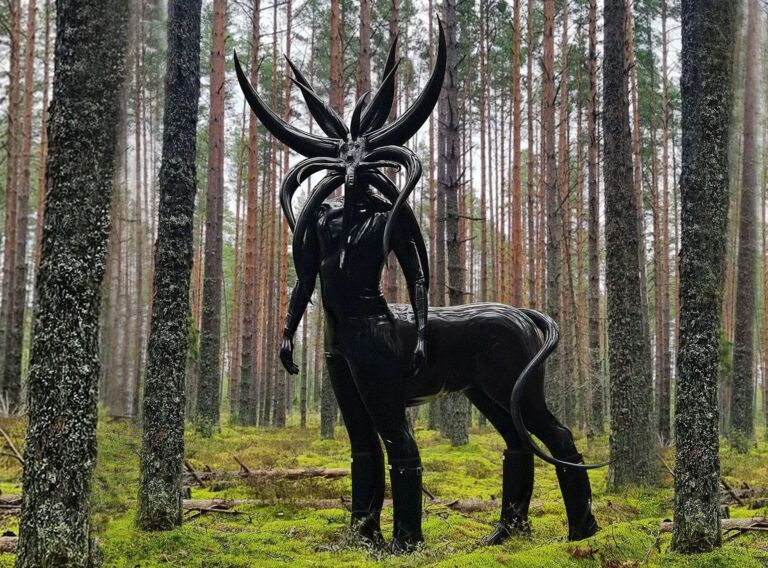Can you tell us about your background and how it has influenced your creative work?
I’m originally from Canada and I moved to Berlin 6.5 years ago. I come from a multi-cultural background and was brought up with Chinese, Indian, and Anglican inputs. I was in school for almost 7 years and completed university programs for graphic design, fashion marketing, and marketing. I’m drawn to a multi-disciplinary approach, in part, because I’m quite curious, but also because I believe these disciplines inform each other in a non-linear way.
I like systems and I’ve always been drawn to understanding an entire system to be able to better understand the smaller parts within it. For me, knowing both the design portion, as well as the reasons behind it (marketing) has been very useful and they’ve allowed me to better understand both in a deeper way.
Your sources of inspiration are diverse and varied, from nature to learning about different cultures and religions. Can you discuss how you integrate these different sources into your designs?
I think I always grew up as a mix of a lot of things and I believe that nothing in the world is really black and white, but rather, a mix of things on spectrums. Everyone has a different perspective and a different truth and no one holds the “real truth”. The thesis of most of my work is the threshold point between two things where it’s considered changed from one identity into another. It informs my fascination with doorways as “thresholds”, as well as more metaphorical thresholds.
I believe that to reside outside of a spectrum, that variable requires there to be a spectrum in the first place, and the identity of such a thing is dependent on said spectrum for a position outside of it.
You have experience in graphic design, fashion marketing, and UX/UI design. How have these different fields informed your current design work?
I think everything one does has the potential to inform other aspects of their life if they keep themselves open to it. For example, when working in UX, it’s important to understand the flow that a viewer/user would take when navigating a piece of work and understanding the story you want to tell them. That’s also a very important thing to keep in mind when creating an animated video or an AR experience. I think one thing that’s really helped in my design career is having a degree in Marketing and having co-owned a small agency back in Canada. In my opinion, design and art programs generally don’t teach students nearly enough about running their own businesses (or being a freelancer), how to do taxes, how to pitch to clients, what the goals are of campaigns, etc.
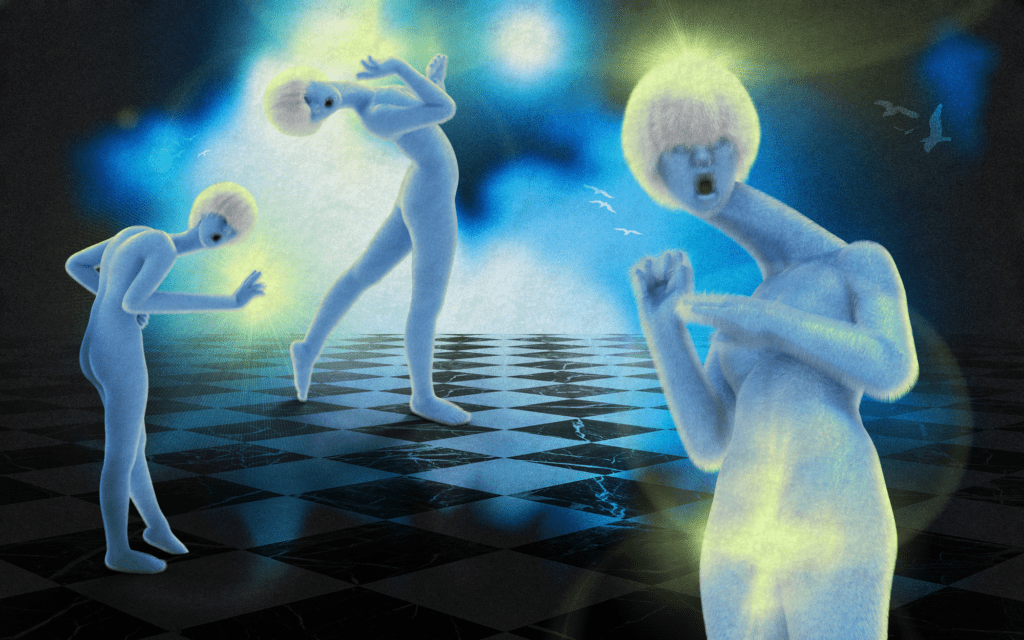
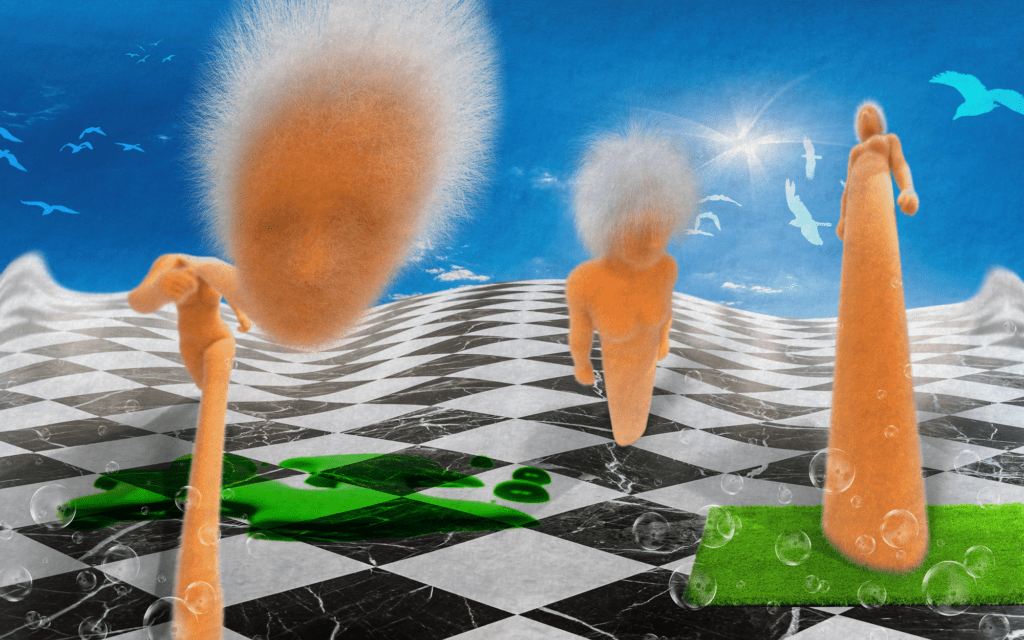
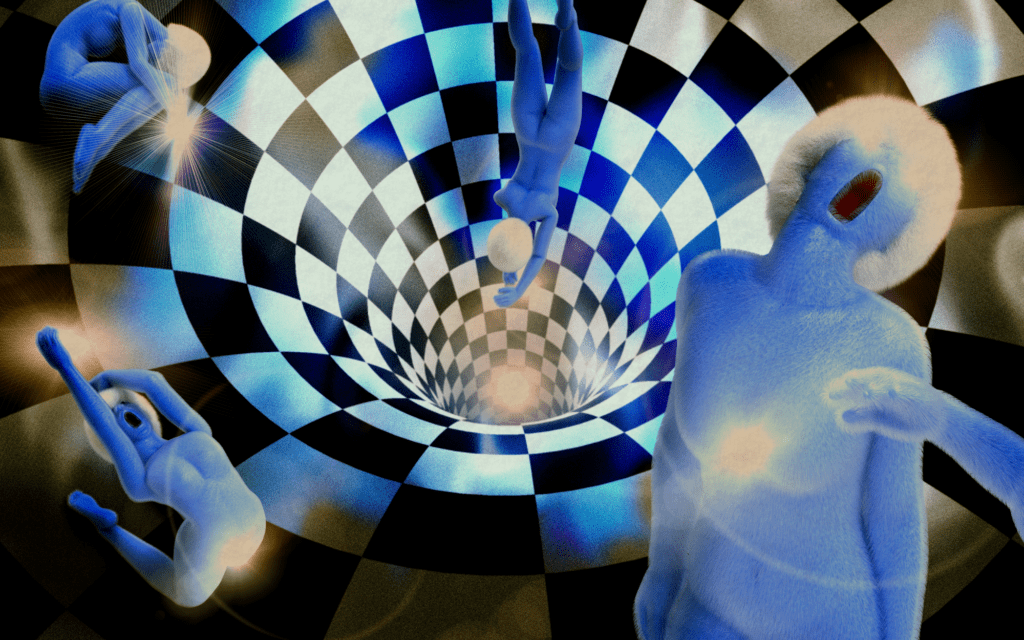
You’ve worked with numerous big-name brands, including Nike, Adidas, and Vogue Germany. Can you tell us about a particularly memorable project you worked on and what have you learned from it?
I’ve been fortunate to have been able to work with a lot of big brands, but I think my favourite has been a project in the medical industry. I worked as Principal UX/UI Designer for a company called neomento, a VR therapy software that originally started within the medical research institution Charité Berlin, but later became its own company. To be able to design for the software, I had to learn a lot about the medical industry, how therapy works in Germany, and then figure out how to integrate those learnings into a good system for the layout and journey in navigation.
All The Hidden Things, your digital fashion line, is an innovative and unique concept. What inspired you to create a digital fashion line, and how do you see it evolving in the future?
That’s kind of you. From a young age, my dream was to be a fashion designer, but I didn’t really enjoy sewing, so when I went to university, I studied fashion marketing instead. For me, it was a very nice circle back to be able to go through so many career changes and then have fashion creation become accessible to me via my 3D skills. In the future, I see myself releasing a lot more of these designs via augmented reality for people to try on.
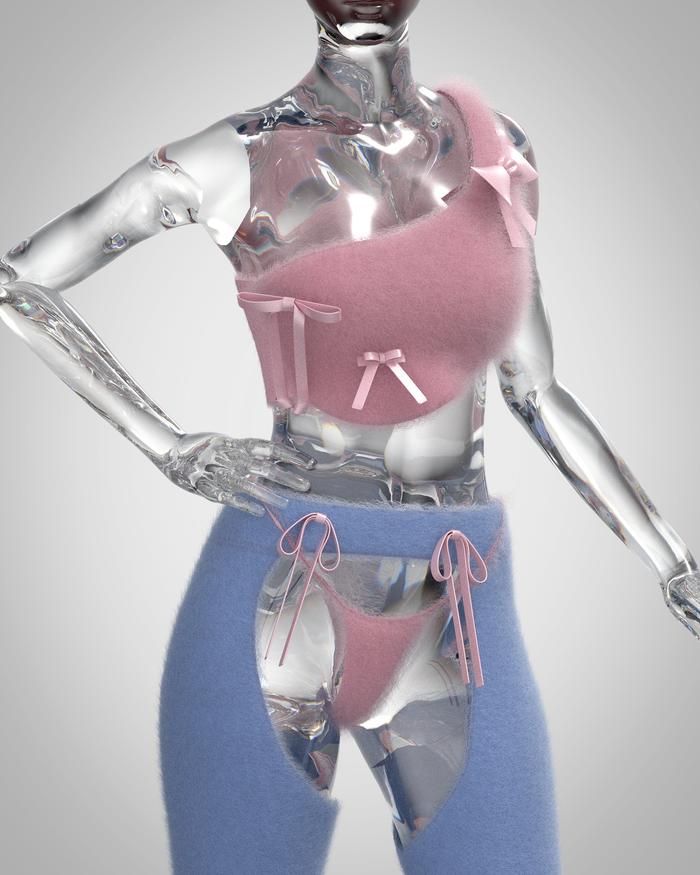
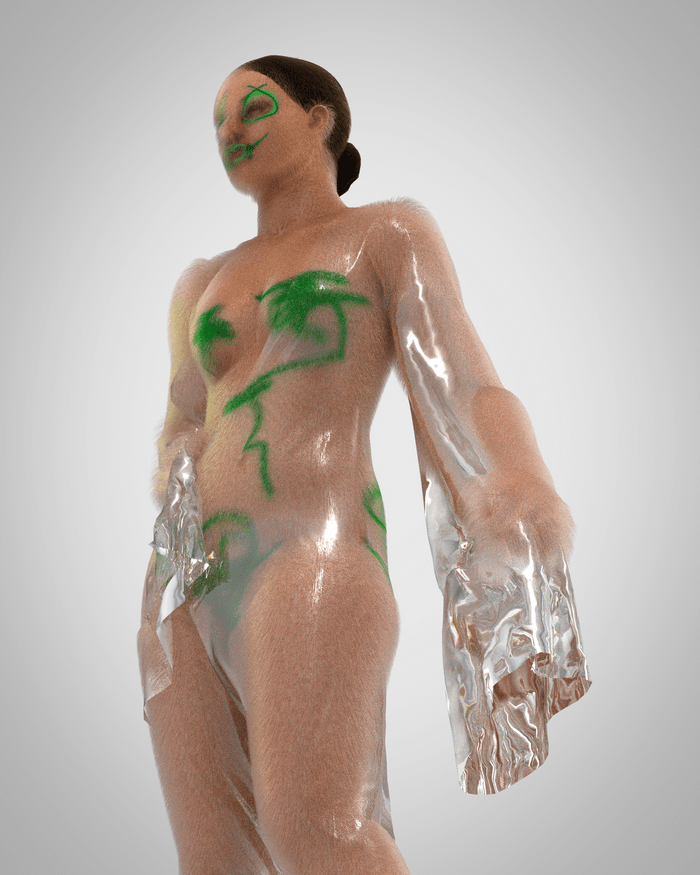
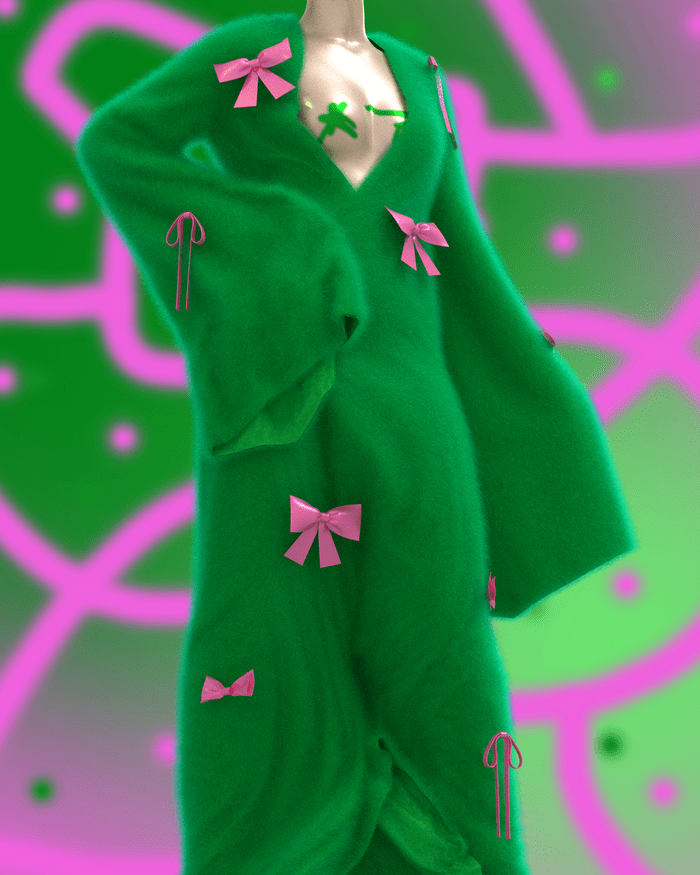
Can you walk us through your creative process, from idea generation to execution, when working on a new project?
I think it’s different for different projects. If I’m working on something for a brand with a very specific end goal, I will often try to work backwards from the goal, but if it’s a personal project that’s completely free, I’ll take it one step at a time and see where it goes as it comes.
How do you balance creativity with practicality when creating designs for clients or your own projects?
I think when working with clients, in order for you to not go crazy, you can’t view it in the same way as your personal work. For clients, I view myself as a conduit and experienced professional to help facilitate whatever they need for their goal, but for my own projects, it’s my rules. I think having a balance of the two is good for the soul.
What advice would you give to aspiring designers who are looking to create innovative and impactful work like yours?
I say this a lot and it sounds cliche, but just try to do what you love or want to get good at, at least a little bit everyday. I’m quite organized with my time and I find it very helpful to break everything down into achievable goals within certain time frames to be able to accomplish what I want to.
